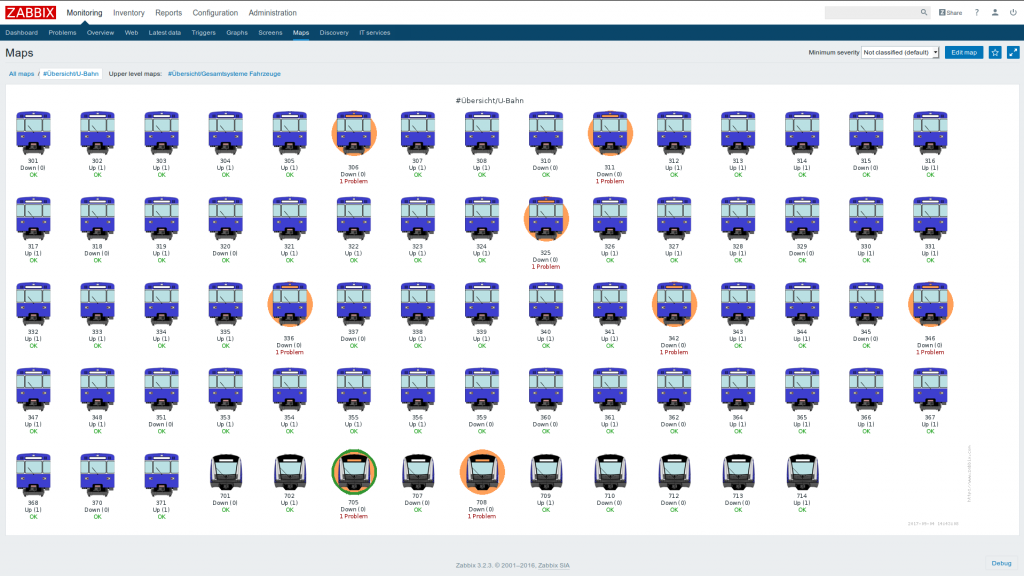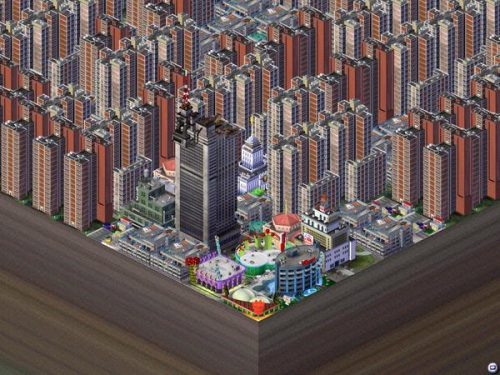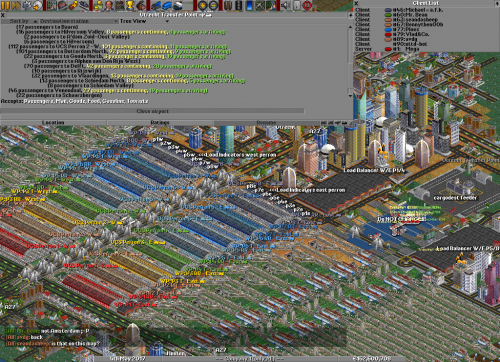Cyprus Mail reports that bicycle sharing schema was launched in Nicosia, Cyprus:
PEOPLE in Nicosia are now able to roam the city on bicycles at 27 docking stations spread across seven municipalities as part of the much anticipated bike sharing scheme.
The scheme was unveiled yesterday at a special ceremoney in Aglandjia attended by various officials, including Communications Minister Efthymios Flourentzos, and the participating mayors.
The new system is open now but not all of the 27 stations are operational yet. It will be another ten days before the system is fully up and running on November 7.
The scheme involves 315 bikes which people can borrow from any designated station and return to any other station of their choosing. A network of bike lanes, some of which are expected to be completed by the end of the year and others by 2012, connect the city’s universities and hopefully “rejuvenate our bodies” in the word of Aglandjia mayor Andreas Petrou.
I think these are great news. Of course, at first people will look funny at this. But slowly slowly the culture will change and more and more people will use bicycles to move around. We’ve seen this happening before and we’ll see it happening again.
Back a few years ago, when roadworks began to construct a walk path and bicycle lane along the seaside road, I’ve heard many people joking about Cypriots being the laziest nation in the world, the nation that never walks or cycles. Those who were not joking, often presented a number of other reasons of why that was a useless development. One of the most frequently used reasons was, for example, weather. People were saying that it was too hot in Cyprus to walk or cycle.
And what are we seeing now? Lots of people walk and cycle, people of all kinds – young and old, Cypriots, locals of other nations, and tourists. It’s true that on a hot day there are fewer people out, but overall, I think it is obvious that the walk path and bicycle lane are useful.
There is also a generic European trend towards healthier lifestyle and smaller environmental footprint. We shouldn’t forget that too. In the last few years, most European countries banned smoking in public places, increased the prices of nicotine and alcohol, promoted healthy way of life, including sports and other activities, better eating, and quitting bad habits. As a result, many European nations look better. Fewer people smoke. And bicycles are a widely used mean of transportation.
Cyprus, even though often far behind other European countries, still moves in the same direction. We’ve already seen a smoking ban. We are seeing a reincarnation of the public transportation system. And, I think, adding bicycle sharing schemes and constructing more bicycle lanes are a good way to go.



